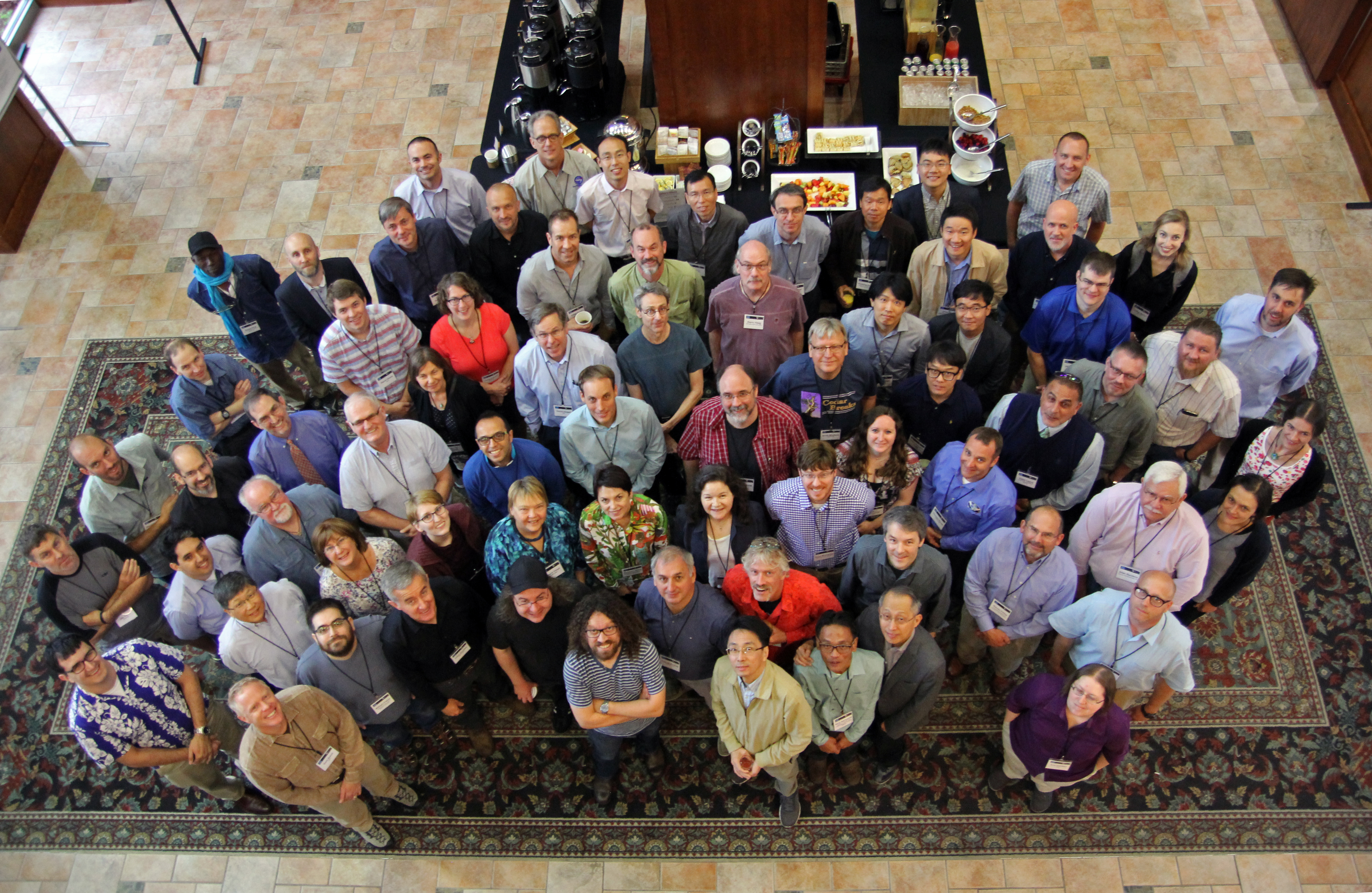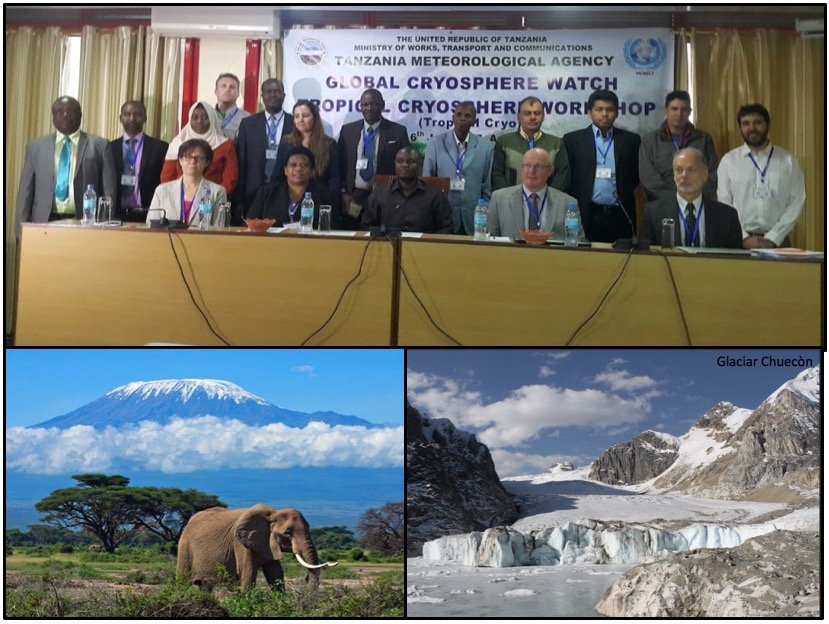
[ Archive ]

 |
CIMSS-NOAA Weekly Report [ Archive ] |
 |
ASPB AND CIMSS WEEKLY HIGHLIGHTS FOR THE WEEK ENDING JULY 7, 2017
IN THE PRESS:
ITEMS FOR THE ADMINISTRATOR:
ITEMS FOR THE ASSISTANT ADMINISTRATOR:
ITEMS FOR THE OFFICE DIRECTOR, STAR:
2017 CSPP/IMAPP Users' Group Meeting: The third Community Satellite Processing Package (CSPP) / International MODIS/AIR Processing Package (IMAPP) Users’ Group Meeting was held on the campus of the University of Wisconsin-Madison, 27-29 June 2017. Over 80 attendees from 13 countries and 6 continents gathered to discuss a wide variety of topics related to reception, processing, and applications of data received from the Suomi-National Polar-orbiting Partnership (S-NPP), Earth Observing System (EOS), Metop, NOAA and Fēngyún polar orbiter satellites. This year's meeting included the addition of the CSPP Geostationary (GEO) direct broadcast satellite community, including Geostationary Operational Environmental Satellite (GOES)-16 and Himawari-8 users. (K. Strabala, CIMSS/SSEC, 608-263-8752, L. Gumley, CIMSS/SSEC, G. Martin, CIMSS/SSEC, A. Huang, CIMSS/SSEC, J. Braun, CIMSS/SSEC)
 (Click image to enlarge)
(Click image to enlarge)
Figure caption: 2017 CSPP/IMAPP Users' Group Meeting Group Photo.
WMO Tropical Cryosphere Workshop in Tanzania: The World Meteorological Organization (WMO) Global Cryosphere Watch (GCW) program held its first Tropical Cryosphere Workshop in Arusha, Tanzania, July 4-6, 2017. The workshop was hosted by the Tanzania Meteorological Agency (TMA). Jeff Key (STAR) co-organized and co-chaired the workshop. Participants were from Tanzania, Kenya, the Democratic Republic of the Congo, Morocco, Indonesia, Ecuador, Peru, Bolivia, Austria, Iceland, Switzerland, and the United States. The goals of this very productive workshop were to identify: country and region specific challenges related to shrinking glaciers, changes in the distribution of snowfall, and other related changes in the cryosphere; current activities, by national or international organizations, focusing on monitoring cryosphere components; opportunities for improved monitoring and data exchange services; and opportunities for further collaboration and engagements between national and international organizations. (J. Key, E/RA2, 608-263-2605, jkey@ssec.wisc.edu)
 (Click image to enlarge)
(Click image to enlarge)
Figure caption: Workshop participants, Mount Kilimanjaro, and a glacier in the tropical Andes.
ITEMS FOR THE DIVISION CHIEF, CoRP:
GOES-16, MODIS and VIIRS imagery of a hail damage swath: Severe thunderstorms produced large hail that damaged crops from eastern South Dakota to southwestern Minnesota on June 22, 2017. Nearly 2 weeks later, the approximately 100-mile-long hail damage swath was clearly seen on a variety of Geostationary Operational Environmental Satellite (GOES)-16, Moderate Resolution Imaging Spectroradiometer (MODIS) and Visible Infrared Imaging Radiometer Suite (VIIRS) images. Examples and animations were posted on the Cooperative Institute for Meteorological Satellite Studies (CIMSS) Satellite Blog (http://cimss.ssec.wisc.edu/goes/blog/archives/24327). (S. Bachmeier, CIMSS, 608-263-3958)VISITORS:
NEXT WEEK:
LOOKING AHEAD:
| Archived Weeklies Page | Submit a report item |